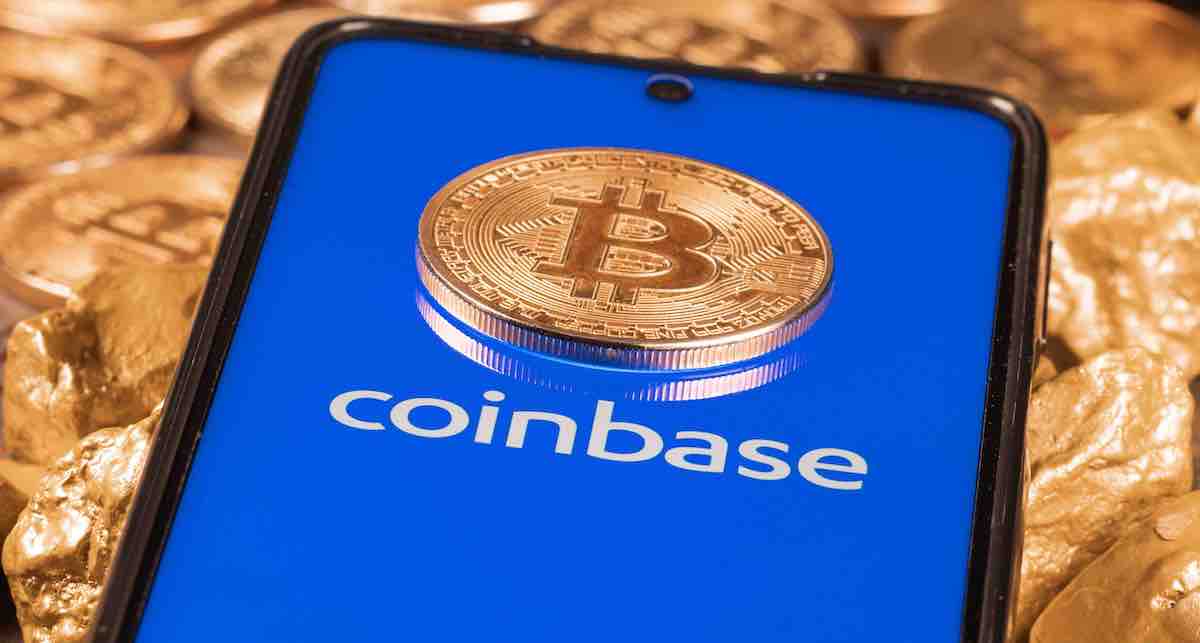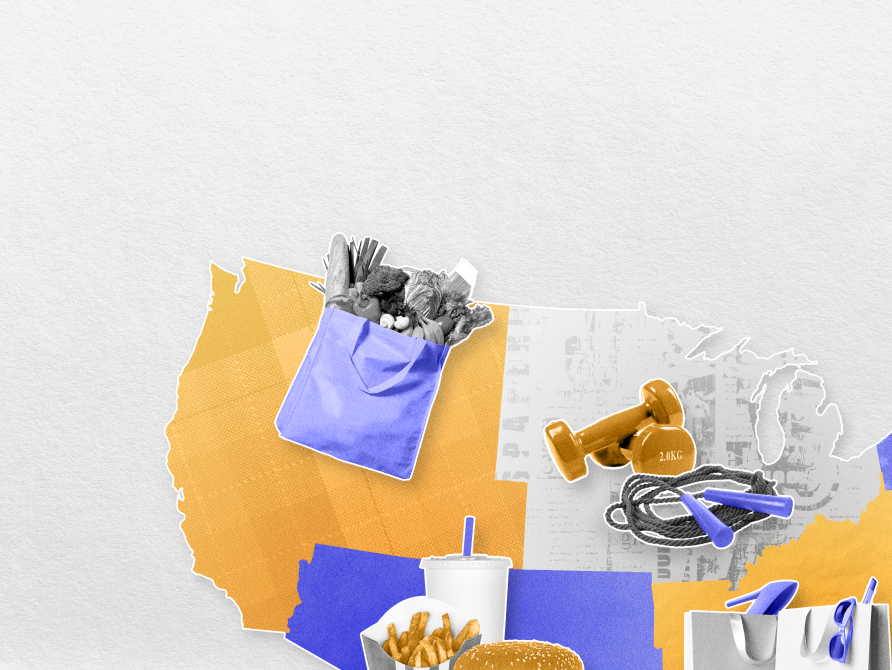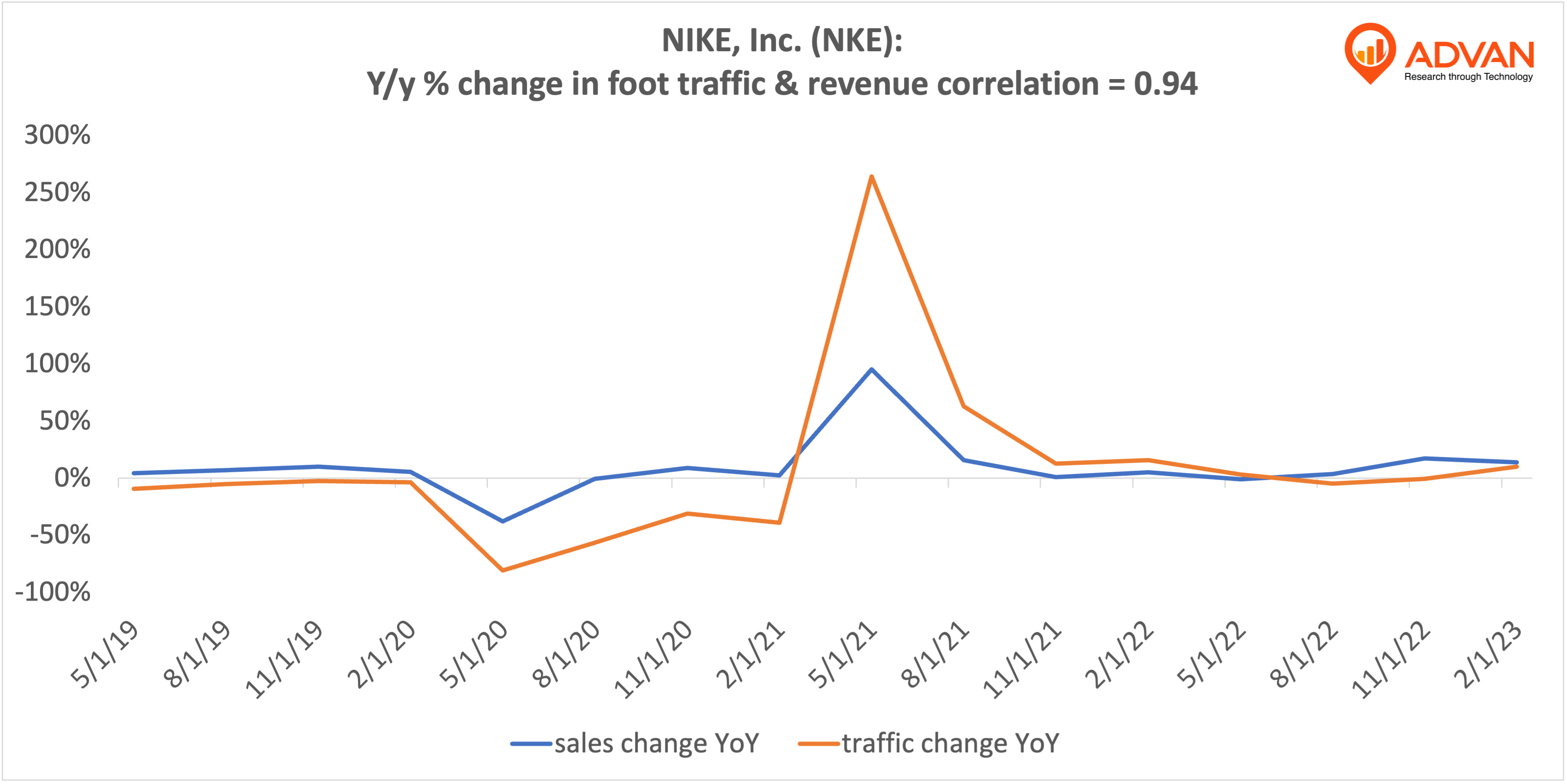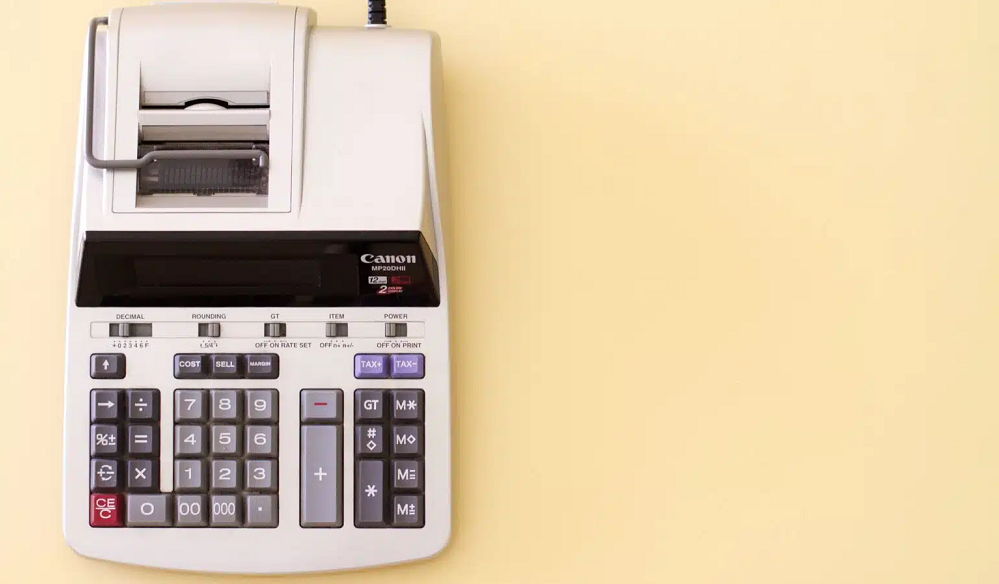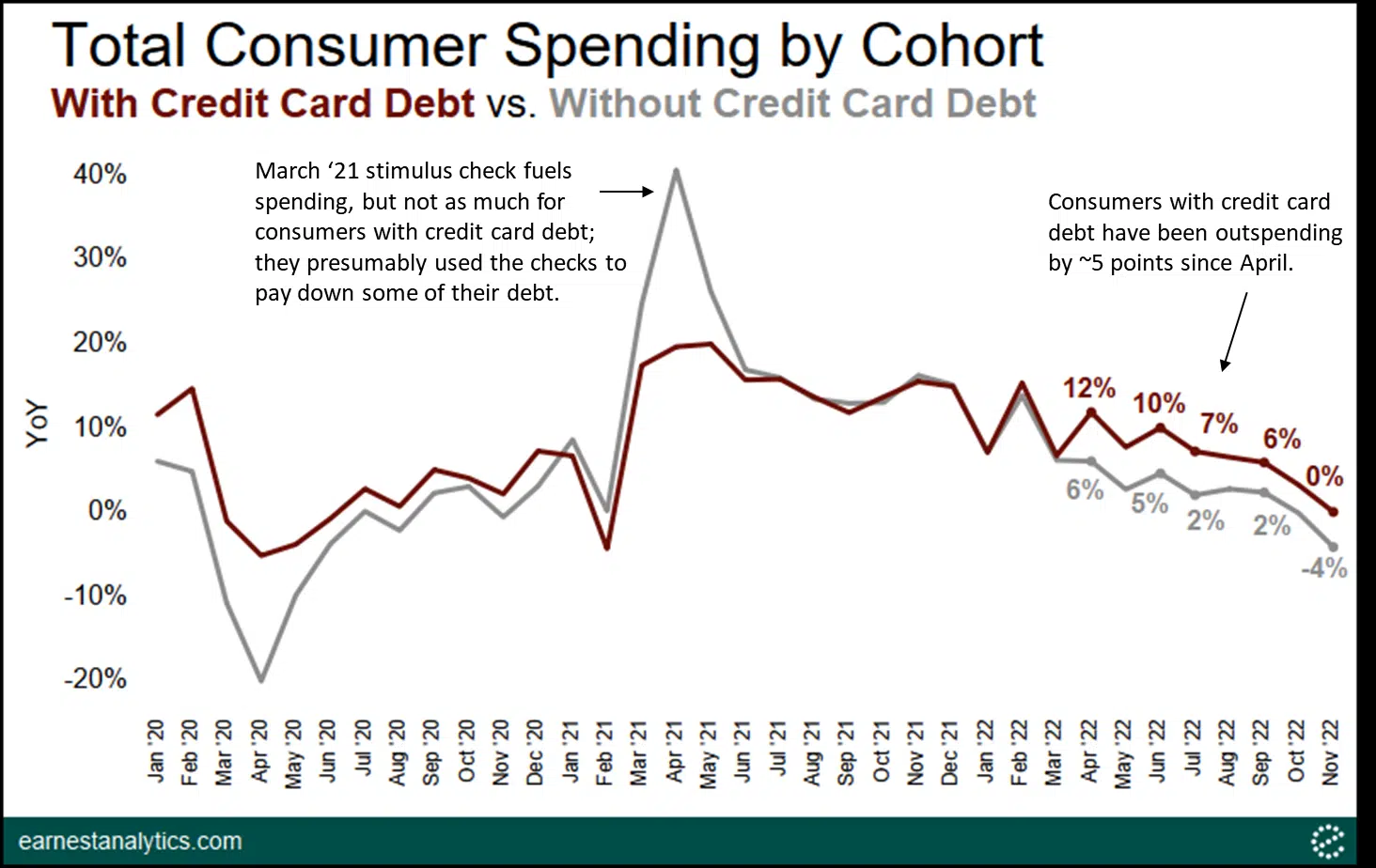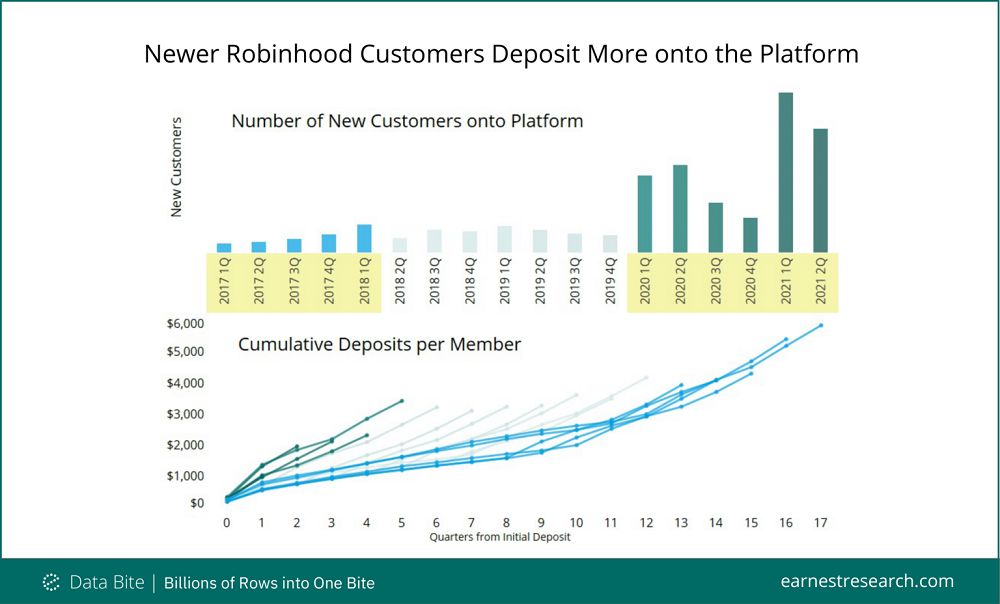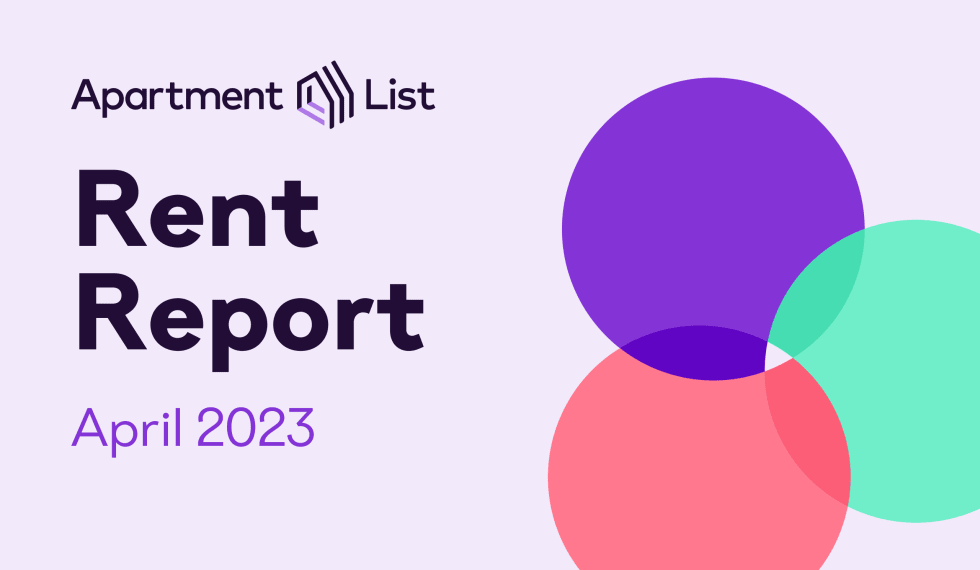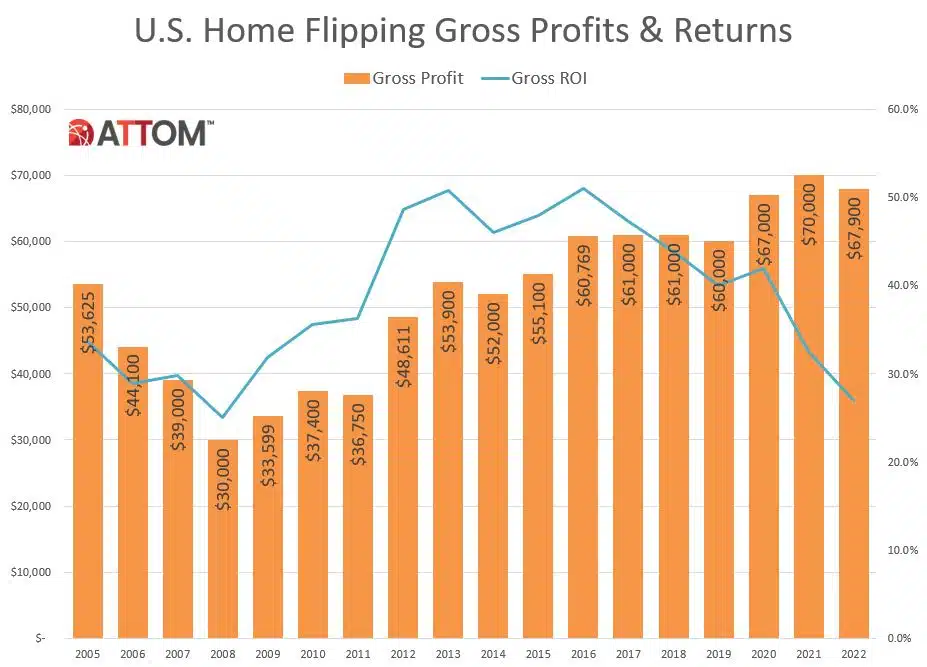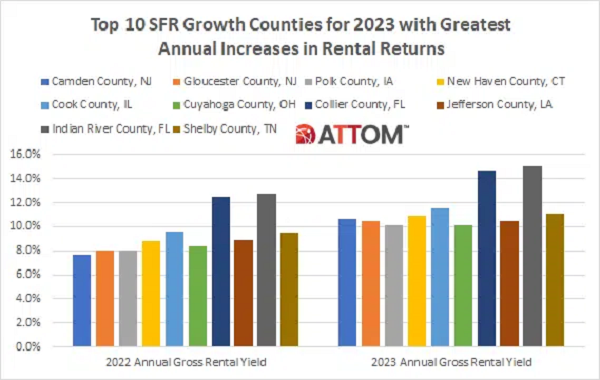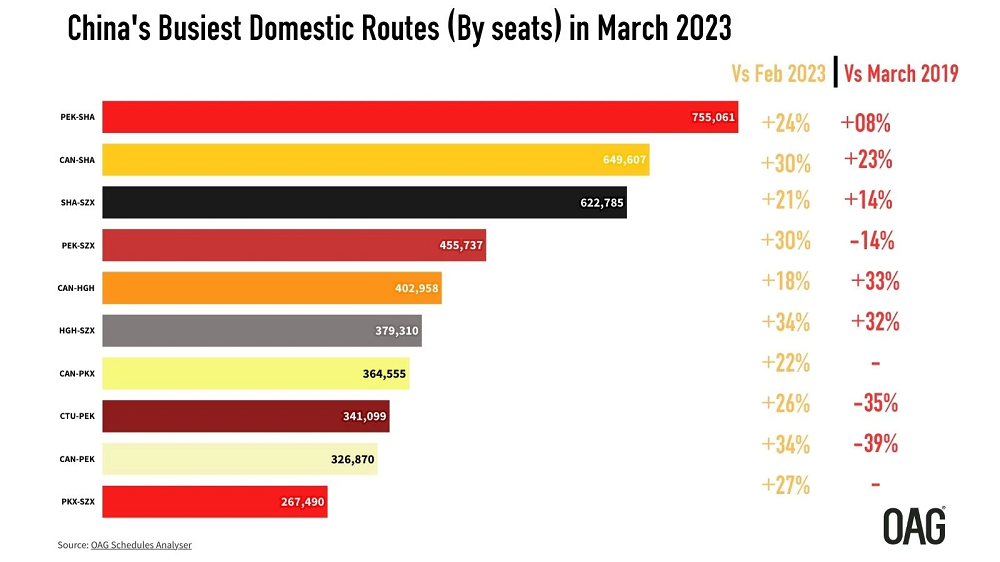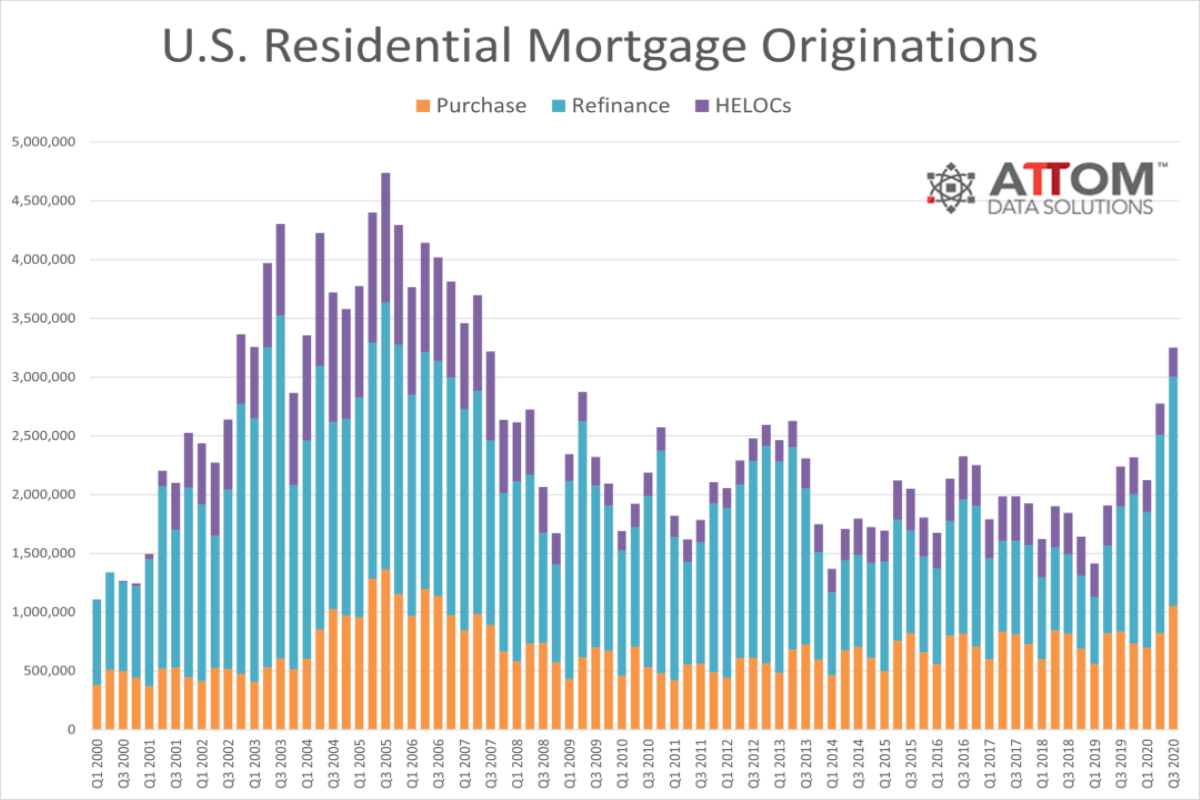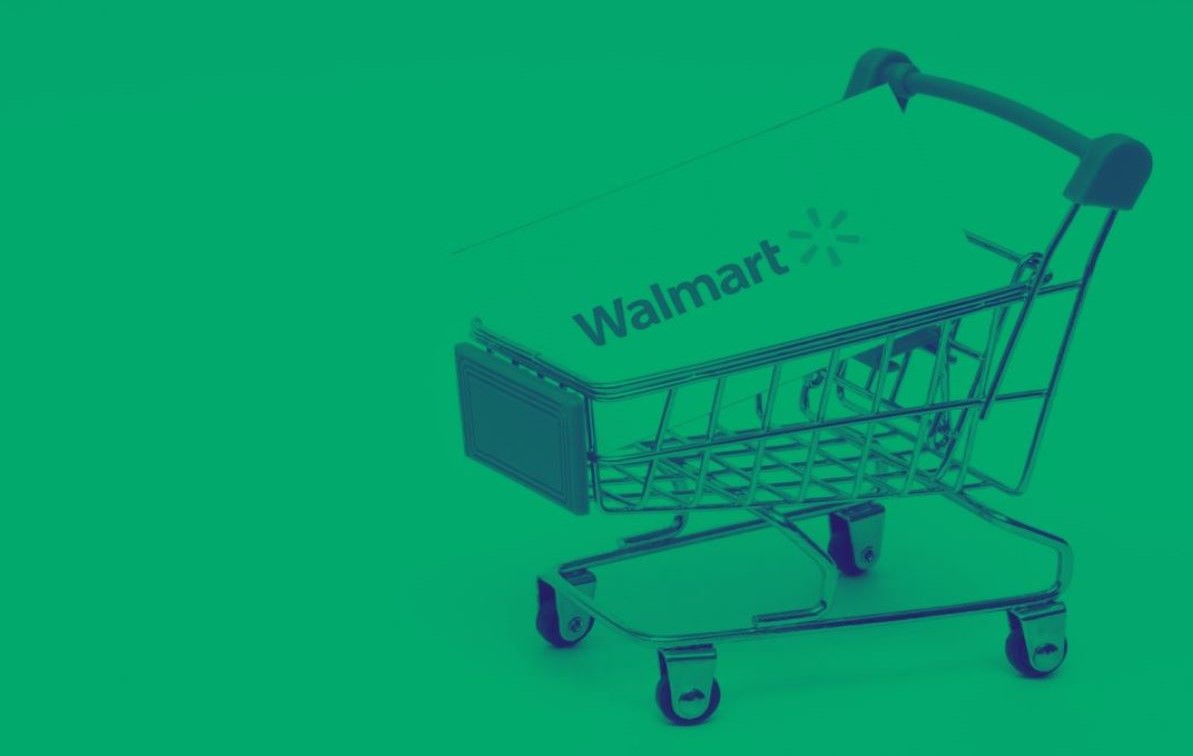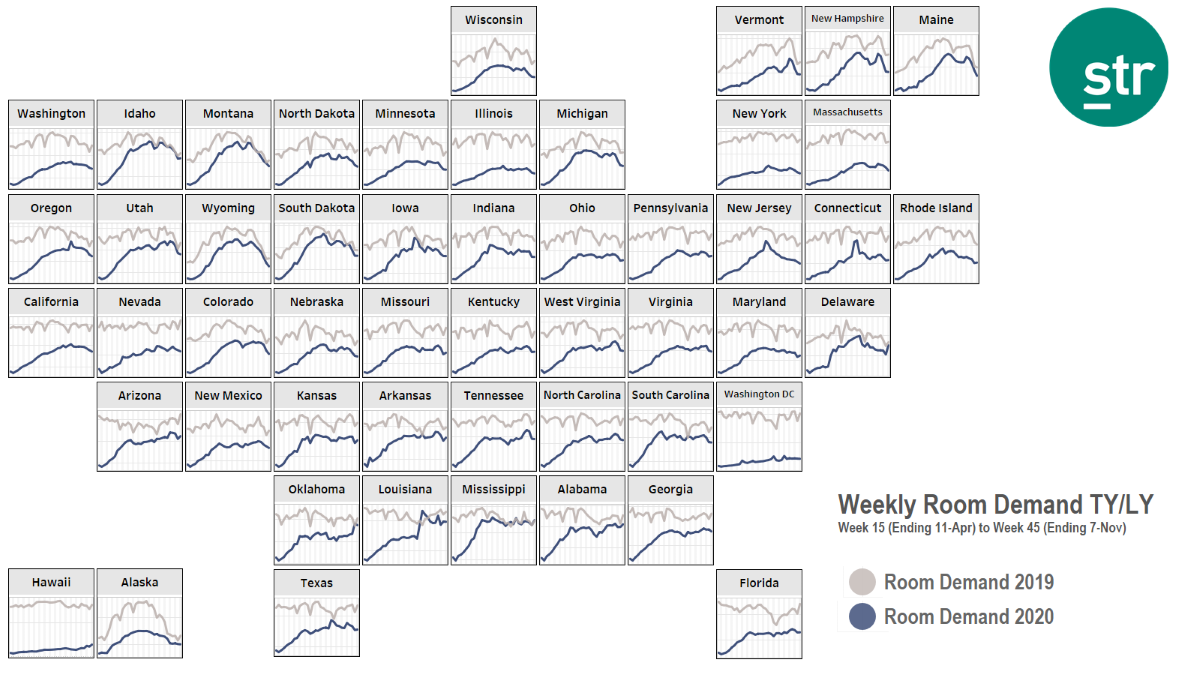With COVID-19 cases continuing to rise nationwide, holiday shopping is expected to further transition away from brick-and-mortar stores and toward e-commerce. The shift to purchasing gifts online has strong implications for DTC wine subscription companies, which have historically experienced significant sales increases during the holiday season and have further exploded in popularity during the pandemic.
Consumers spent $10.6B on digital games in October 2020, up 14% year-over-year. Consistent with ongoing trends, console spending grew the fastest, with earnings up 18% over 2019. This was especially impressive growth given that Call of Duty: Modern Warfare launched in October 2019 and many of the biggest titles of the 2020 holiday season were not released until November.
As we head into the holiday season, the health of the newly acquired COVID shopper is top of mind. With the pandemic driving shoppers online, the retention and significance of this newly acquired cohort has become an increasingly important question.
As coronavirus continues to spark volatility in the U.S. economy, LinkUp’s jobs dataset provides unique insights into COVID-19’s impact on the labor market. In the most recent edition of our quarterly Economic Indicators Report, we observe a labor market edging toward recovery from the devastating hits doled out by the pandemic.
Following the temporary housing market freeze during April’s nation-wide shutdowns, national sales of homes during the summer outpaced last year’s levels with September sales averaging 10% higher compared to last September. And according to the latest home buying contracts signed, also known as Pending Sales, the positive trend is expected to continue in the autumn.
With the UK now in its second week of nationwide lock-down we are starting to see some familiar patterns of behavior based on analysis of foot traffic data. But there are also some significant differences compared to the first wave. We looked at 5 indices for key sectors. All of our comparisons are against the average footfall in January 2020, as a pre-COVID benchmark.
Many Americans who stopped paying student loan payments in April are still not paying. That can be seen in the Envestnet | Yodlee Income and Spending trends data through the month of October. The number of users making student loan payments beginning in April dropped by 50 percent.
The home security market typically sees an uptick in new users in December as people unbox their holiday tech gifts. But, apparently, security season came early this year. The top 10 home security apps gained more new users in October 2020 than any month prior,* about 4.5 million total. This represents a +22% MoM increase and a +72% YoY increase.
The U.S. national rate of commercial property price growth rose in October as the weight of capital into the high-flying apartment and industrial sectors boosted gains, the latest RCA CPPI: US summary report shows. The US National All-Property Index rose 3.6% from a year ago, the apartment index rose 7.2% and the industrial index 8.5%.
International travel arrivals average globally at -93% in October with the worst affected region being the APAC down by 97%. No surprises there once you realise the complexity of international travel in the Age of the Corona.
Among the many categories hit hard by the COVID-19 pandemic has been the Beauty sector. Year-over-year Beauty spend dropped by a quarter in March 2020 and by a third in April 2020 as quarantines and stay-at-home orders meant that beauty shoppers didn’t have anywhere to go out to, limiting the need for products such as lipstick and haircare.
Lending Shoots Up Another 17 Percent in Third Quarter of 2020 As U.S. Braces for More Impacts from Coronavirus Pandemic; Dollar Amount of Home-Purchase Loans Spikes 35 Percent Over Second Quarter; Down payments and Mortgage Amounts Rise To New Highs in Third Quarter
In this Placer Bytes, we dove into the BevMo acquisition, Burlington’s pre-holiday pace and Dollar Tree’s latest offline performance metrics. Recently, goPuff announced the acquisition of specialty beverage chain BevMo, and it is as fascinating an acquisition as there has been in 2020.
The Association of American Railroads (AAR) today reported U.S. rail traffic for the week ending November 14, 2020. For this week, total U.S. weekly rail traffic was 527,462 carloads and intermodal units, up 5.2 percent compared with the same week last year.
When it comes to retail nobody does it bigger or better than Walmart. Where else you can find the Rush Hour DVD for $5, a boy yodeling on aisle three, and a crocodile in the frozen food section? Walmart — that’s where. With over 11,500 stores under 56 brand names in 27 countries (and eCommerce sites in 10 countries), they don’t call Walmart a “retail giant” for nothing.
The rays of light within credit markets are slowly growing. Known as Rising Stars, companies moving from high-yield or “junk” to investment-grade status are increasing across many sectors. According to the latest consensus credit data from Credit Benchmark, which tracks collective credit quality estimates of lenders to firms in various sectors, the total number of new Rising Stars has increased by 24 since the previous update.
Most of the U.S. continues to see a sizable gap in weekly demand when measuring this year vs. last year (TY/LY). After STR’s October update, 44 states experienced less room demand through the week ending 7 November (week no. 45 of the year).
Just when we thought we’d praised the coffee giant enough over its Pumpkin Spice Latte launch, Starbucks took another step that left us watching with awe. Red Cup Day. How effective was it? Shockingly effective.
The number of Fallen Angels – companies whose credit quality has shifted from investment-grade to high-yield or “junk” status – continues to increase, yet each update brings a smaller total number than the last.
Without the presence of events, many B2B companies are experimenting with new ways of advertising this year One medium that has attracted B2B brands is native advertising. Native ads have the look and feel of the media format in which they appear, but are actually paid ads.







